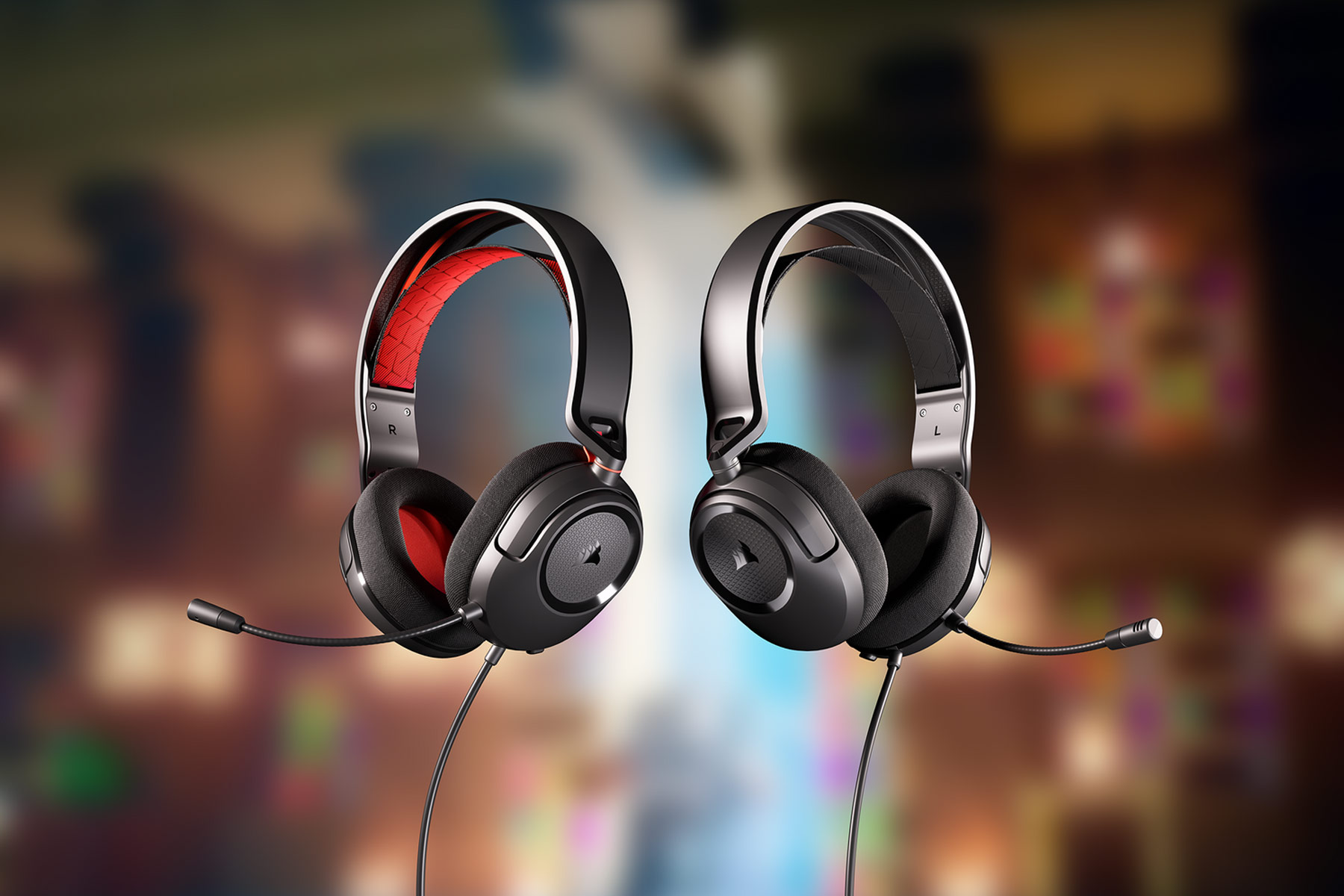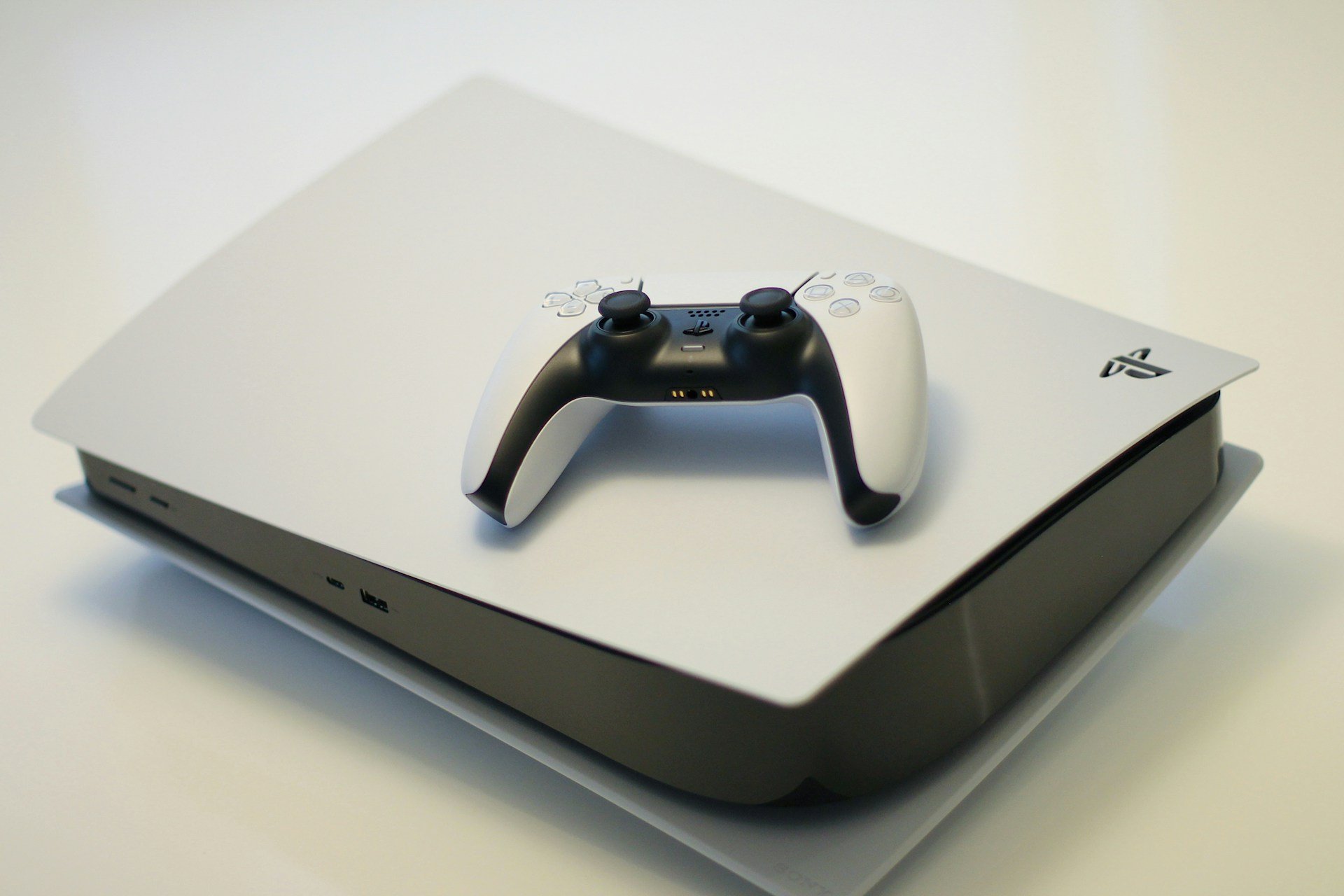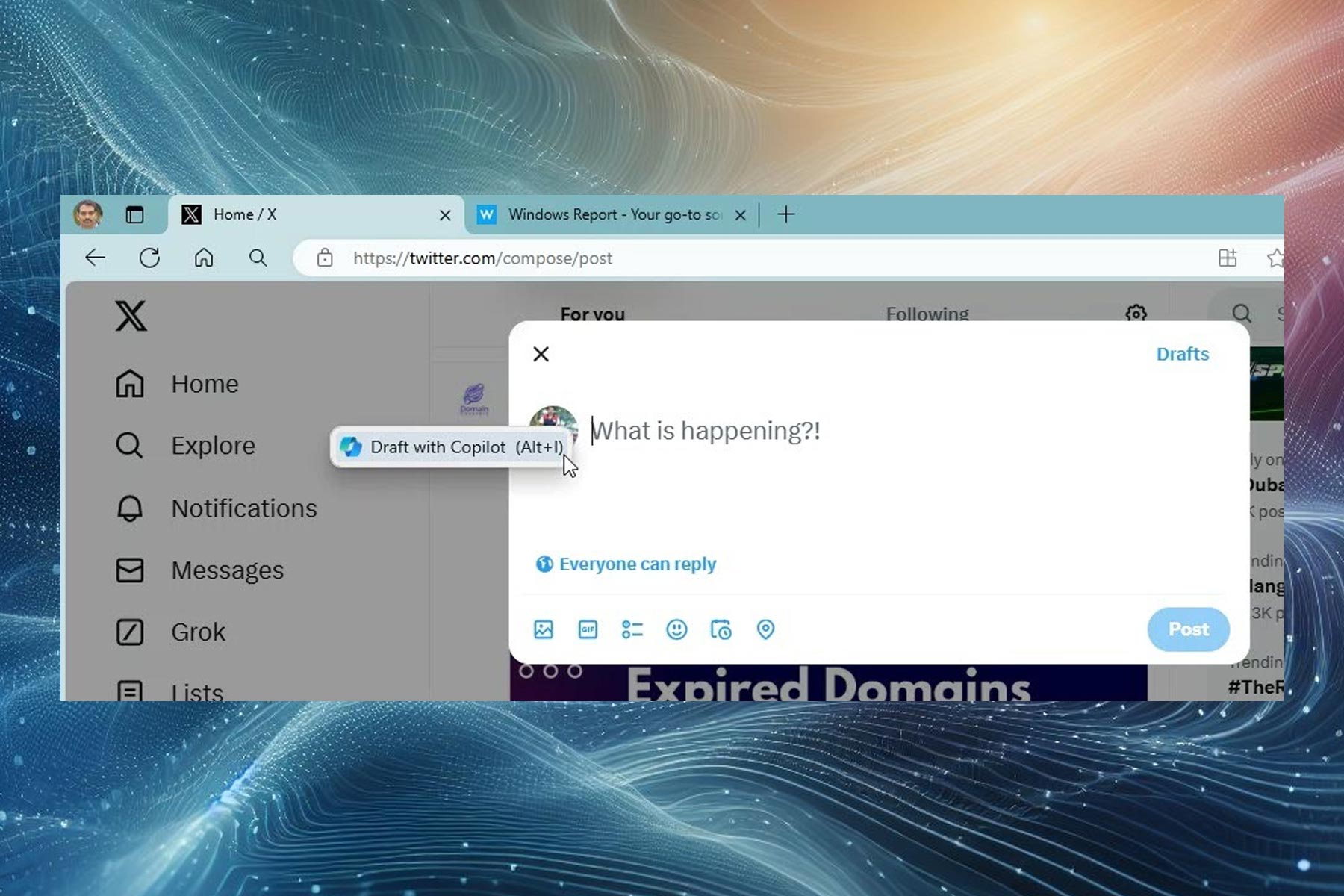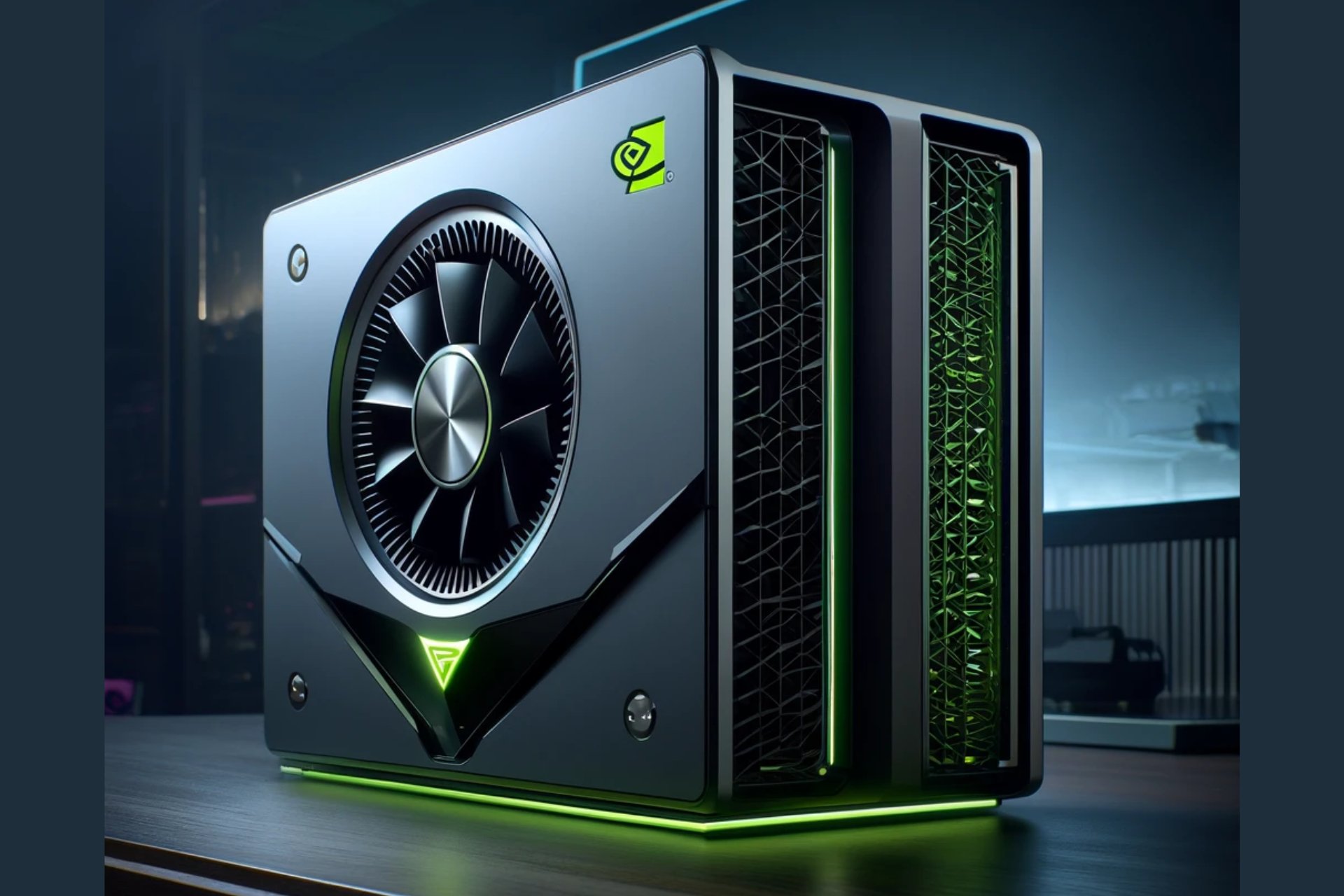HoloLens' price could drop under $1,000 to align with competition
3 min. read
Published on
Read our disclosure page to find out how can you help Windows Report sustain the editorial team Read more
Two years ago, Microsoft unveiled augmented reality headset HoloLens, the company’s proprietary set of goggles that generates virtual and real worlds. HoloLens promises an awesome virtual reality experience to consumers, something that they have not witnessed yet due in large part to hardware.
Fast forward to today, the gear remains a $3,000 development kit, which is not consumer-friendly. In the not so near future, however, Microsoft could probably mass-produce HoloLens for consumers.
In an interview with CNET, Microsoft’s HoloLens creator Alex Kipman hinted at a cheaper version of HoloLens, though it’s not clear when it would happen. That could mean a sub-$1,000 HoloLens is possible in the future given that its current hefty price is a major turn-off for consumers. The headset is now set to arrive in China, where Microsoft plans to release HoloLens as a mainstream offering. The challenge, however, lies in the price tag. Kipman told CNET:
How do you position it? How do you define it to people? How do you launch it? It’s all complicated. How do you manufacture it at that scale with high yields to hit this price point? You know devices of this kind existed a few years ago for hundreds of thousands of dollars. So how do you do something that’s like, 10 times better and hundreds of thousands of dollars’ worth of product for $3,000? So yes, it’s all complicated and delicious.
In comparison, high-end VR headsets such as the Oculus Rift and HTC Vive cost $799 and $599, respectively. Most people, of course, would opt to go for the lower price tag. With Kipman’s confirmation that Microsoft is eyeing a consumer version of the headset, it’s only a matter of time before we get our hands on a cheaper HoloLens. He said:
You have to reduce the price point until it’s affordable to the majority of the populous of Earth, which will be under a $1,000 and then some to get there. Roadmaps for both of those things exist today, but I’m not going to announce or talk about it today.
Microsoft is currently rolling up its sleeve to improve the HoloLens experience while lowering its price point. Will Kipman be able to achieve increased immersion and enhanced ergonomics for consumers without having the price tag jacked up?








